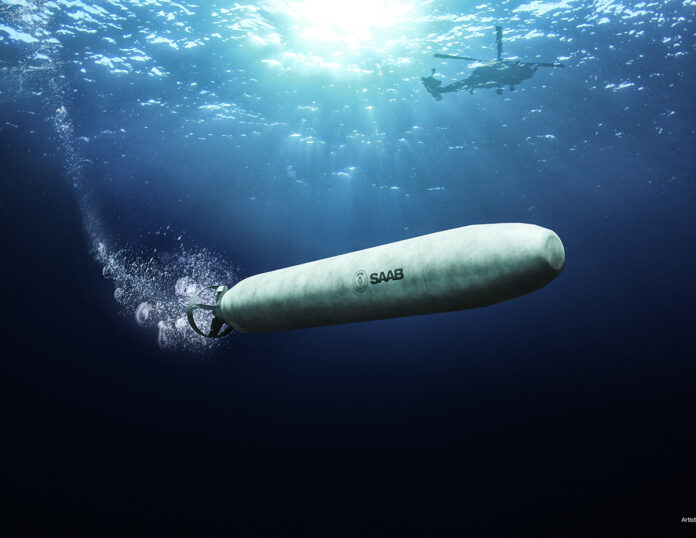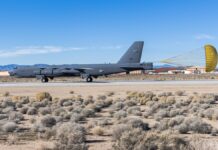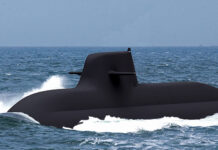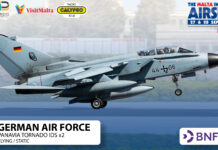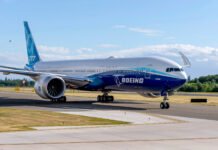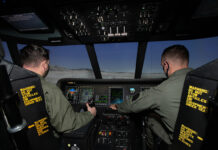Saab has received the MK39 Expendable Mobile Anti-Submarine Warfare (ASW) Training Target prime contract (EMATT) from the Naval Undersea Warfare Center Division, Newport. Saab will conduct a modernization update to meet the customer’s requirements and qualify the product through first article validation testing. Following successful validation, the customer anticipates a 10-year production period. The contract has a potential value of USD $173.2 million (SEK 1.73 billion) over a 10-year ordering period for deliveries through 2032. The initial order value to Saab is USD 5.8 million and was booked in Q3 2022. In order to support this, Saab, Inc. is setting up a facility in Cranston, Rhode Island where Saab’s Autonomous and Undersea Systems Division is based.
The MK39 EMATT is a less than 25 pound sonobuoy-size device programmed for various ASW training scenarios. As a small and mobile product, Saab’s EMATT is an important addition to the U.S. Navy’s training program, providing improved reliability and cost savings for the customer. The MK39 EMATT incorporates a technology refresh into the design and provides the U.S. Navy, as well as several navies, a robust acoustic training target to train sonar operators from naval surface ships, submarines, and aircraft.
“This is a great, first major program win for our new Autonomous and Undersea Systems Division. The MK39 EMATT contract is a perfect opportunity to leverage the strengths of our newly formed Autonomous and Undersea Systems Division to provide the U.S. Navy with a modernized, expendable sonar training capability,”
Erik Smith, President and CEO of Saab in the U.S.
As a global leader in Undersea Acoustic Training Targets, Saab has formed a new undersea division to build this capable product in America. Saab’s Autonomous and Undersea Systems Division provides unique capabilities in the areas of Unmanned Undersea Vehicles (UUVs), Unmanned Surface Vehicles (USVs), Remotely Operated Vehicles (ROVs), and Autonomy, Artificial Intelligence, and Machine Learning capabilities across U.S. Defense, Commercial, and Research markets.


